Italy boosts Libya security and rule of law initiative with Euro 1.3 million
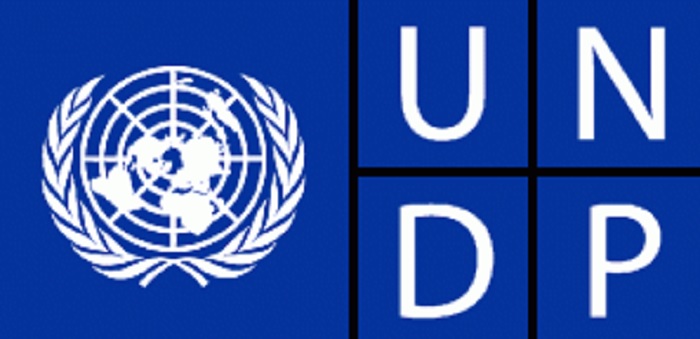
Italy has increased its contribution to the Policing and Security Joint Programme (PSJP) initiative in Libya by Euro 1.3 million, the UNDP reported last week.

Italy has increased its contribution to the Policing and Security Joint Programme (PSJP) initiative in Libya by Euro 1.3 million, the UNDP reported last week.
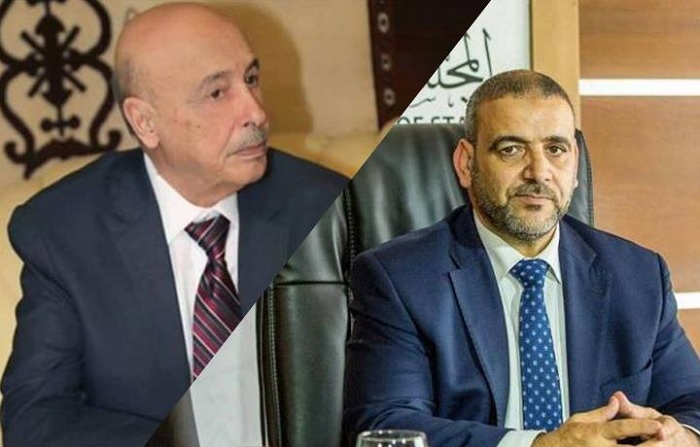
The Head of the High Council of State Khalid Al-Mishri and Speaker of the Tobruk based House of Representatives Aqila Saleh have been invited to visit Morocco by the Speaker of Moroccan House of Representatives Habib Al-Maliki.
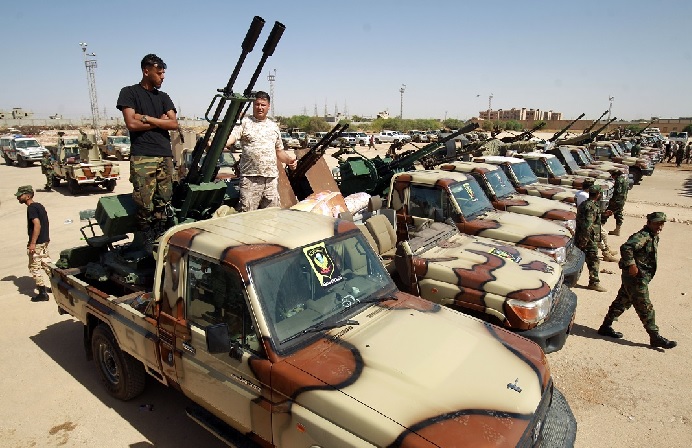
On 20 July, Egyptian legislators authorised sending combat troops to Libya, where Cairo’s ally Field Marshal Khalifa Haftar is on the defensive. Following Turkey’s intervention on the Tripoli government’s behalf, Egypt’s involvement could escalate the war dramatically. All parties should seek a compromise.
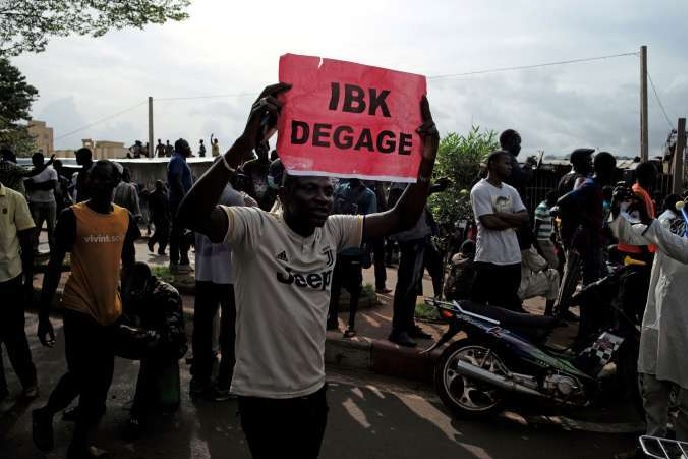
Editorial. La contestation s’est calmée à Bamako, mais la situation du président Ibrahim Boubacar Keita reste fragile, malgré ses soutiens internationaux.
Egypt’s parliament gave President Abdel-Fattah al-Sisi the green light for possible military intervention in Libya by approving the deployment of armed forces abroad to fight “terrorist groups” and “militias”.
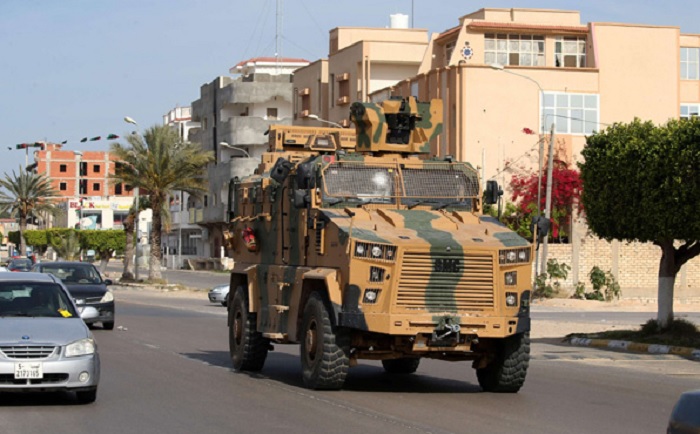
Total of 2,500 Tunisian ISIS members sent to the North African country, according to watch group.
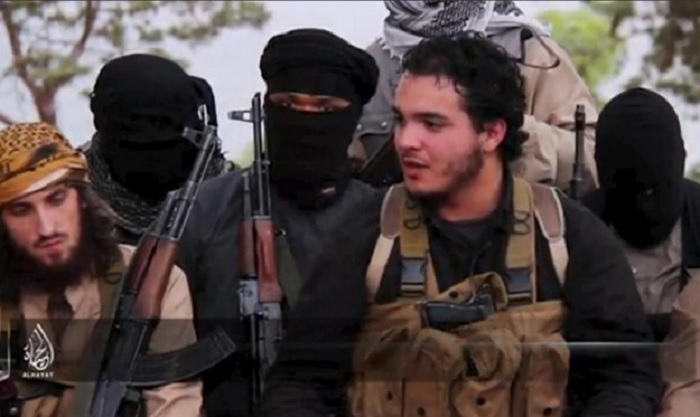
The Islamic State (IS) terrorist group is currently working on recruiting new members from rich people, warned the Egyptian monitoring unit of Dar al-Ifta’s Observatory of Takfiri Fatwas and Extremist Views in a statement on Saturday.
https://www.menatransitionfund.org/overview
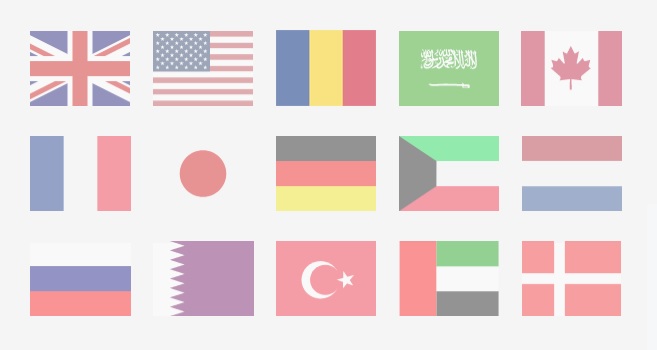
In May 2011, the G8 launched the Deauville Partnership as a response to the historical changes underway in several countries in the Middle East and North Africa region. The Deauville Partnership was launched as a long-term, global initiative that provides Arab countries in transition with a framework based on technical support to: (i) strengthen governance for transparent, accountable governments; and (ii) provide an economic framework for sustainable and inclusive growth.
To support the countries in transition to formulate policies and programs and implement reforms, the Deauville Partnership set up the MENA Transition Fund.
The Transition Fund demonstrates a joint commitment by G8 members, Gulf and regional partners, and international and regional financial institutions to support the efforts of the people and governments of the Partnership countries as they overhaul their economic systems to promote more accountable governance, broad-based, sustainable growth, and greater employment opportunities for youth and women.
The Transition Fund has been designed to be rapid, flexible, and responsive so that Partnership countries can quickly call on it in support of a combination of diagnostic analyses, technical advice, and implementation of targeted policy initiatives. Through the Transition Fund, a modest amount of official finance can catalyze much larger changes that will help enable transitions to new, sustainable economic models.
The Transition Fund is a broad-based partnership providing grants for technical cooperation to help transition countries strengthen their governance, social and economic institutions by developing and implementing home-grown and country-owned reforms.
Consistent with its knowledge-sharing and transformational objectives, the Transition Fund emphasizes funding for technical cooperation proposals that leverage and complement support from other partners where relevant, in particular, bilateral donors, academic institutions and policy research institutions, regional and international organizations, industry and labor associations, and other civil society organizations.
South-South partnerships are encouraged (i.e. those between developing/transition countries) including from outside the MENA region, as well as institutions with regional experience focusing on technical cooperation or knowledge sharing.
The Transition Fund focuses on cross-cutting, multi-year projects as well as projects with short-term impacts that are country-owned.

Pour mieux comprendre l’impasse dans laquelle nos troupes semblent se trouver dans la bande sahélo-saharienne, il faut revenir au contexte initial ayant amené à un niveau d’engagement sans précédent des forces armées françaises au Mali et plus généralement dans la bande sahélo-saharienne.

After having been one of the European countries to provide the greatest diplomatic and logistic support, and remaining silent regarding the thousands of deaths and massacres committed by its troops, France has finally abandoned General Khalifa Haftar. But isn’t it too late? And why now? French President Emmanuel Macron, who has bet on Haftar to defend the interests of his country and its oil companies in Libya, is now on the verge of losing his last cards.